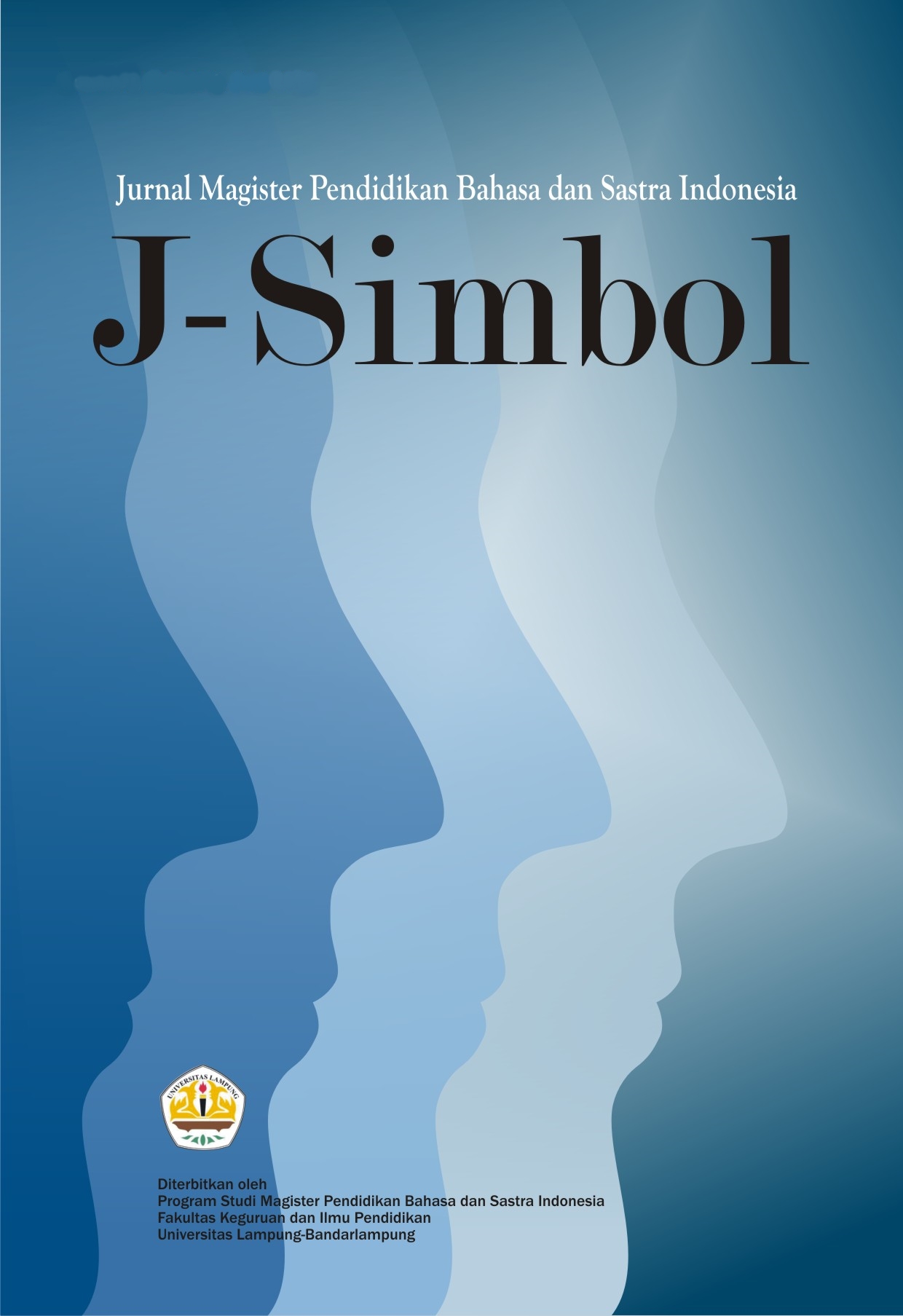ANALISIS KUALITAS PENGGUNAAN GOOGLE FORMULIR DALAM UJIAN KENAIKAN KELAS MENGGUNAKAN SYSTEM USABILITY SCALE (SUS)
Abstract:
This study aims to assess the usability quality of Google Forms as a platform for class promotion exams using the System Usability Scale (SUS). As technology rapidly evolves, Google Forms has become one of the most widely used tools in education, making the process of creating, distributing, and analyzing exam questions online easier. However, it is important to measure how effective this platform is in supporting the learning process. Through a quantitative approach and a questionnaire distributed to teachers who have used Google Forms, the study finds that most respondents rate the platform positively in terms of ease of use and efficiency. Nevertheless, aspects such as data security and grading flexibility still require more attention. This research is expected to provide valuable recommendations to enhance the quality and effectiveness of Google Forms in the education sector.
Penelitian ini bertujuan untuk mengevaluasi kualitas penggunaan Google Formulir sebagai platform untuk ujian kenaikan kelas menggunakan pendekatan System Usability Scale (SUS). Di tengah pesatnya perkembangan teknologi, Google Formulir telah menjadi salah satu alat yang banyak digunakan dalam dunia pendidikan untuk mempermudah proses pembuatan, distribusi, dan analisis soal ujian secara online. Meski demikian, penting untuk mengukur sejauh mana platform ini efektif dalam mendukung proses pembelajaran. Melalui pendekatan kuantitatif dan desain kuesioner yang disebarkan kepada para guru yang telah menggunakan Google Formulir, penelitian ini menemukan bahwa sebagian besar responden memberikan penilaian positif terhadap kemudahan penggunaan dan efisiensi platform ini. Meskipun demikian, beberapa aspek seperti keamanan data dan fleksibilitas dalam penilaian masih perlu mendapatkan perhatian lebih. Penelitian ini diharapkan dapat memberikan rekomendasi yang berguna untuk meningkatkan kualitas dan efektivitas penggunaan Google Formulir di dunia pendidikan.
Downloads
Ramadiani, Rodziah, A., Hasan, S. M., Rusli, A., & Noraini, C. (2016). Integrated Model for E-Learning Acceptance. IOP Conference Series: Materials Science and Engineering, 105(1). https://doi.org/10.1088/1757-899X/105/1/012016
Alsharif, M., et al. (2020). The impact of digital platforms in education. Journal of Educational Technology & Society, 23(2), 45-60.
Bangor, A., Kortum, P., & Miller, J. (2008). Determining what individual SUS scores mean: Adding an adjective rating scale. Journal of Usability Studies, 3(3), 114-123.
Brooke, J. (1996). SUS: A "quick and dirty" usability scale. In P. W. Jordan, B. Thomas, B. Weerdmeester, & A. L. McClelland (Eds.), Usability Evaluation in Industry (pp. 189-194). London: Taylor and Francis.
Huang, Y. M., & Liaw, S. S. (2018). Evaluation of a web-based learning system using system usability scale. Educational Technology & Society, 21(4), 38-50.
Nuraida, L., et al. (2015). Fermentation of fruits and vegetables: A review on the methods and benefits. International Journal of Food Science, 21(2), 10-15.
Ozdemir, M., et al. (2007). Nutritional improvement of fermented foods: A review of the benefits and challenges. Food Research International, 40(6), 655-661.
Shah, N., & Singhal, R. (2017). Advances in food fermentation technology and health benefits. Food Science & Technology, 34(3), 88-102.
Zakariah, Z., et al. (2019). Fermentation of dairy products and their shelf-life enhancement: A review. International Dairy Journal, 48(4), 30-40.
Ramadiani, R. Atan, A. Rusli (2016), IEEE 2nd International Conference on Science in Information Technology ICSITech, 158
- Ramadiani, Rodziah, A., Hasan, S. M., Rusli, A., & Noraini, C. (2016). Integrated Model for E-Learning Acceptance. IOP Conference Series: Materials Science and Engineering, 105(1). https://doi.org/10.1088/1757-899X/105/1/012016
- Alsharif, M., et al. (2020). The impact of digital platforms in education. Journal of Educational Technology & Society, 23(2), 45-60.
- Bangor, A., Kortum, P., & Miller, J. (2008). Determining what individual SUS scores mean: Adding an adjective rating scale. Journal of Usability Studies, 3(3), 114-123.
- Brooke, J. (1996). SUS: A "quick and dirty" usability scale. In P. W. Jordan, B. Thomas, B. Weerdmeester, & A. L. McClelland (Eds.), Usability Evaluation in Industry (pp. 189-194). London: Taylor and Francis.
- Huang, Y. M., & Liaw, S. S. (2018). Evaluation of a web-based learning system using system usability scale. Educational Technology & Society, 21(4), 38-50.
- Nuraida, L., et al. (2015). Fermentation of fruits and vegetables: A review on the methods and benefits. International Journal of Food Science, 21(2), 10-15.
- Ozdemir, M., et al. (2007). Nutritional improvement of fermented foods: A review of the benefits and challenges. Food Research International, 40(6), 655-661.
- Shah, N., & Singhal, R. (2017). Advances in food fermentation technology and health benefits. Food Science & Technology, 34(3), 88-102.
- Zakariah, Z., et al. (2019). Fermentation of dairy products and their shelf-life enhancement: A review. International Dairy Journal, 48(4), 30-40.
- Ramadiani, R. Atan, A. Rusli (2016), IEEE 2nd International Conference on Science in Information Technology ICSITech, 158
Most read articles by the same author(s)
- Rika Herlina, Margareta Dew Liah, Rosa Virginia Setiawati Hangin, Ramadiani Ramadiani, EVALUASI KUALITAS PENGGUNAAN PLATFORM RUANG GTK OLEH GURU DI SMP NEGERI 1 LONG BAGUN MENGGUNAKAN MODEL WEBQUAL 4.0 , J-Simbol: Jurnal Magister Pendidikan Bahasa dan Sastra Indonesia: Vol. 13 No. 2 (2025): J-Simbol: Jurnal Magister Pendidikan Bahasa dan Sastra Indonesia

